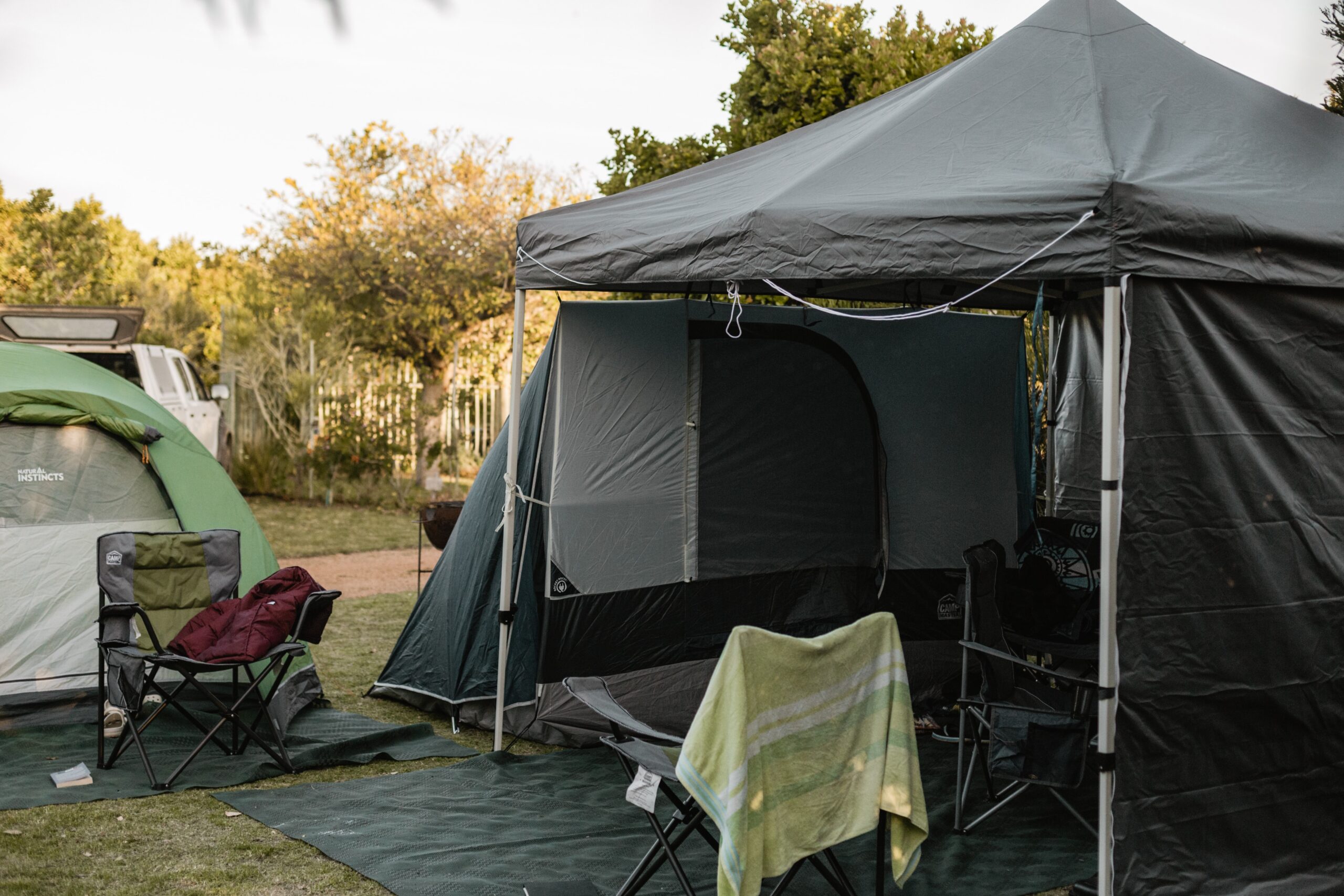
Camping canopy guide buying guide
Screen homes, outdoor canopies, camping shelters, day tents, and other terms are all used to describe canopy tents. It isn’t intended to be a place to sleep; instead, you should pick a typical vehicle camping tent for that.
You must be protected from the three outdoor annoyances of sun, rain, and bugs by a solid camping canopy. Additionally, it must be comfortable to sit in and have an excellent interface. The benefit of a camping canopy is protection from the weather. Most tent canopies are water-resistant. It keeps you, your loved ones, your equipment, and your camping gear safe in the rain.
It is useful in sunny weather as well. Under the cover of the trees, you can shield yourself from the blazing sun and calm. The camp canopy may also protect your equipment from the sun, rain, and even temperature. Keep things close at hand while keeping them dry.
Recommended Camping Canopy

UNP Easy Beach Tent 12 X 12ft Pop Up Canopy UPF50+ Tent with Side Wall, Ground Pegs, and Stability Poles.
| PROS | Waterproof. Spacious and Sturdy |
| CONS | Assembling is a little Hard |

CAMPROS CP Screen House Room 13 x 13 Ft Screened Mesh Net Wall Canopy Tent
| PROS | Easy to Set-Up Sturdy |
| CONS | The skirt at the base is too narrow |

Leedor Gazebos for Patios Screen House Room 4-6 Person Canopy Pergolas
| PROS | Waterproof Easy to Assemble |
| CONS | Flat roof |
Consider When choosing the best camping canopy
Frame – Aluminum is a fantastic choice if you want a canopy that is simple to move. It is portable and simple to carry. It is straightforward to install because it is lighter.
Steel: For durability and stability, the camping canopy with a steel frame is the ideal option. Aluminum is lighter than steel.
Setup – Consider canopies with push-button leg extenders and extremely simple pin sliders. It simply requires one individual to assemble and attach these kinds of canopies. Everything you carry camping must be portable, lightweight, and small. Your canopy is the same way. This will also rely on the fabric and poles’ materials. Some canopies come with incredibly light legs that facilitate packing and installation.
Material – Polyester is the ideal synthetic material for a canopy since it is durable it needs minimal quick maintenance. Additionally, it is slim and lightweight. This enables pitching simpler and portable and storable.
Polyethylene: It can withstand heavy downpours thanks to its increased thread count. However, bear in mind that it is not the ideal choice over a long period and is less resilient than polyester.
Vinyl: A polyester fabric with a vinyl finish is known as vinyl. It is waterproof and UV-resistant thanks to the additional coating. It is also flame-retardant, which makes it perfect for a campfire. But this material can be excessively bulky.
Sidewall – So can further shield yourself from the elements and the sunlight with a camping cover for the rain that has a sidewall. Moreover, they provide more security.
Storage – Having features like handles and tires, a packing bag can allow transferring your canopy tent simple. With maximum safety, some cases even feature robust exterior casings. Usually, canopy tents are provided by the supplier with such a case of their own.
Setting up Canopy
Install the canopy’s legs. Begins at one end of an accordion-style frame and pulls until the legs start to unfold. 12 inches should separate every leg. Not just yet. Need not elevate the leg height. include the roof Join the frames to the upper material. The ceiling of certain camping canopies is fastened using Velcro, snaps, or tie-downs. Fix the interior fittings. You will typically have to connect hooks on the interior of the structure in order to secure the roof. Elevate the legs. On each leg, you’ll see perforations. These are used to raise or lower the canopy to the appropriate height. Every leg has a spring that glides into the grip to tightly secure it.





